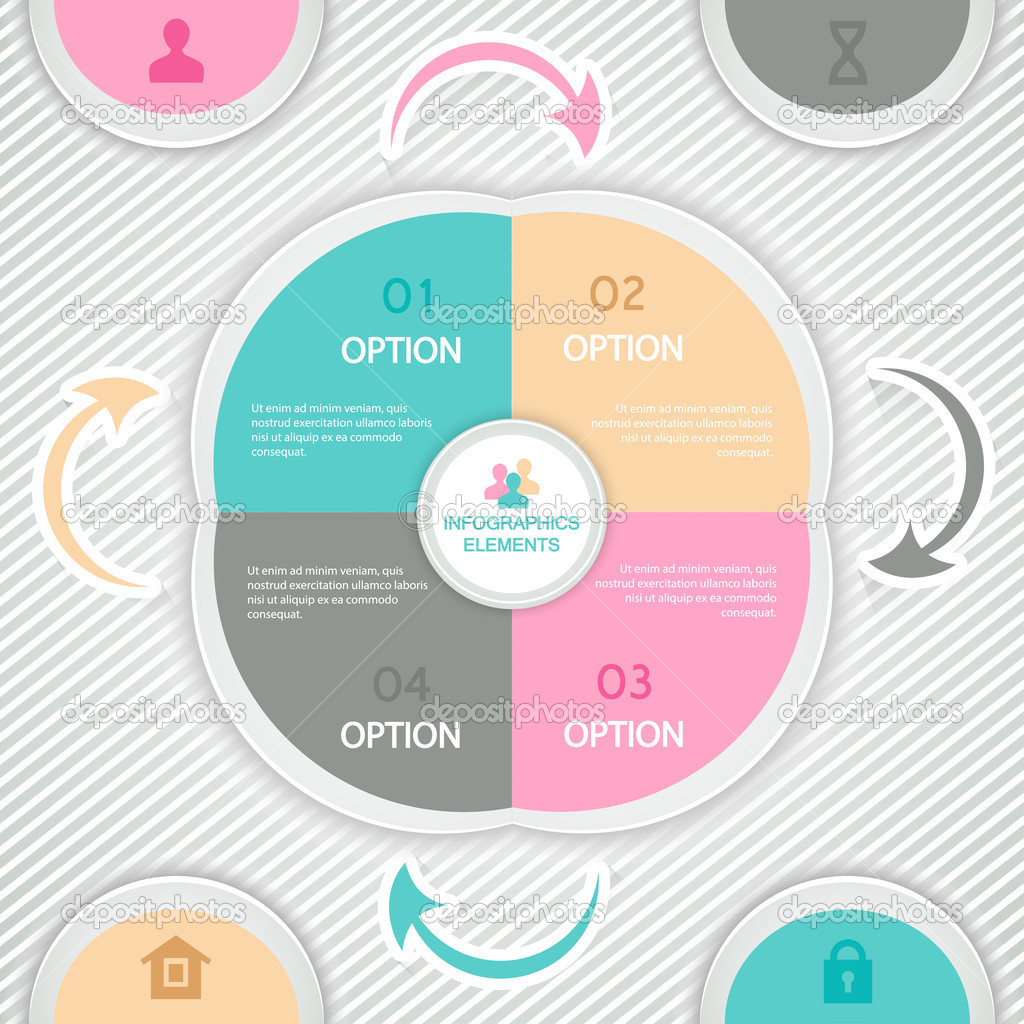
It's a shame, as a good presentation can achieve so much.

We've all witnessed a terrible Powerpoint presentation: too many slides far too much text on each slide (in large blocks of text, in a tiny font) too few images images that are too small or blurry animations popping out all over the place and links or videos that don't work on the day.
#Infographics for presentations how to#
Lib Guide! Consult UCD Library's guidance on creating graphics and using free images or the UCD image catalogue. Find further advice on how to turn your research into an infographic in Professor Mark Reed's Fast Track Impact blog post.

You can create your own infographic from scratch using software like Microsoft Powerpoint, or use free or paid online services which offer templates that do the work for you, such as: Below are a couple more examples of infographics from here at UCD. To the right is an example of a graphical abstract from the PeerJ journal (credit: Viputheshwar Sitaraman / Draw Science).

Although many graphical abstracts take the form of an infographic, some researchers might choose to make a more creative visual summary (like a comic, a movie-style poster or even a video). They can be also used to create a so-called "graphical abstract", a single image that gives a quick overview of your paper or article, helping draw attention to it. As well as on social media, graphical abstracts can help your research stand out at conferences, in media releases, in presentations (see below), and in your manuscript itself. A good infographic takes the heavy-lifting out of explaining complex research, and can be designed in sharable formats for social media and other channels. Infographics might include some element of data visualisation, so check out our dedicated page on how to create them.


 0 kommentar(er)
0 kommentar(er)
